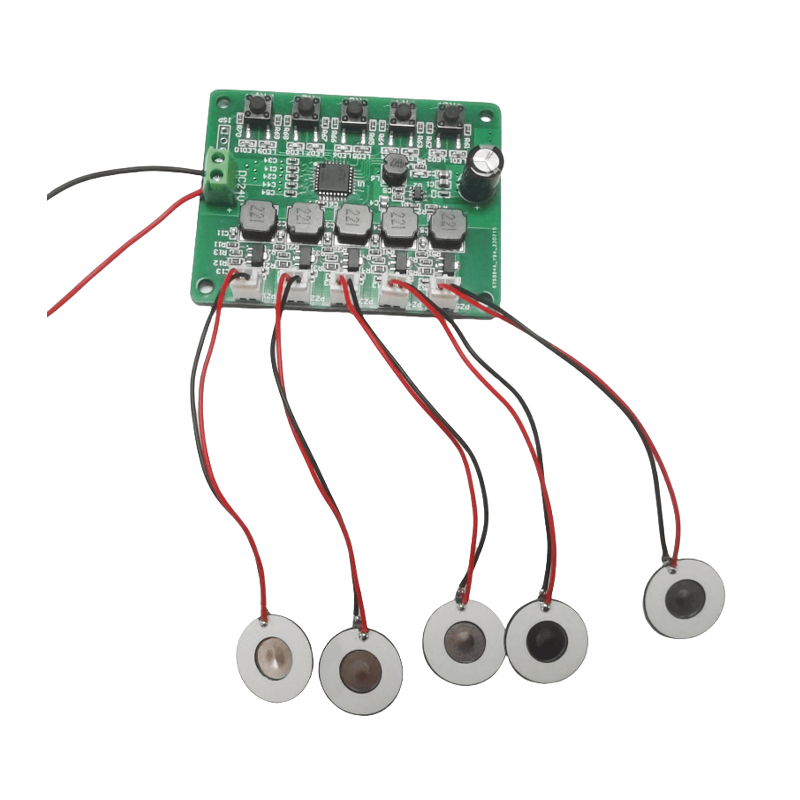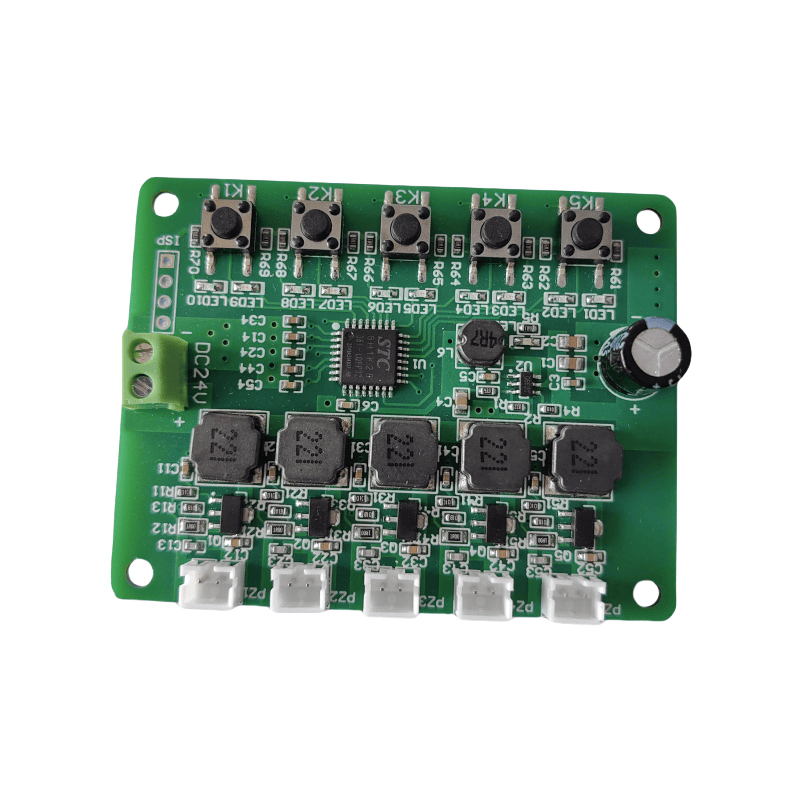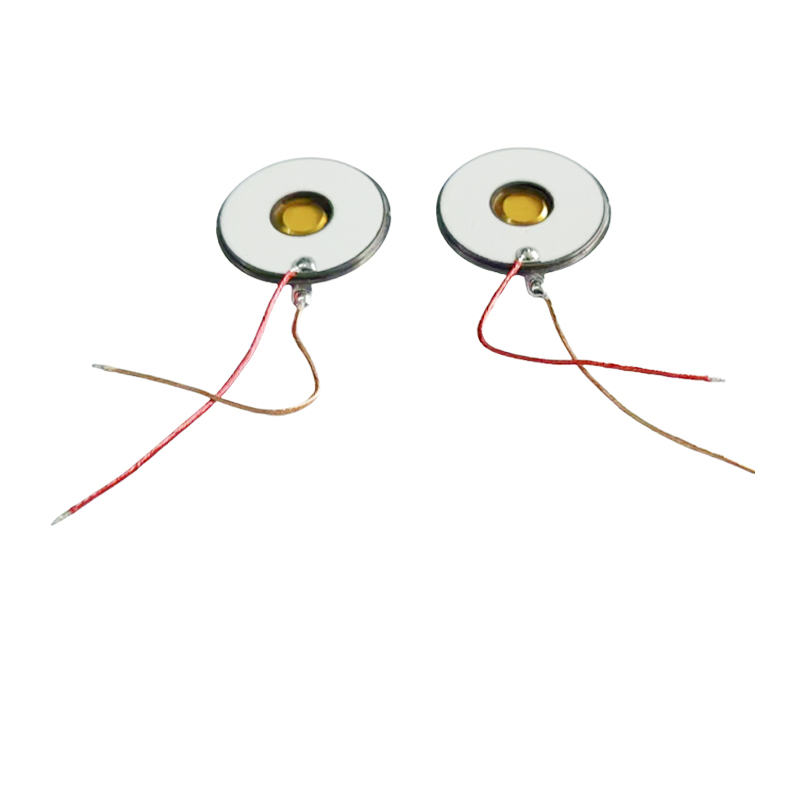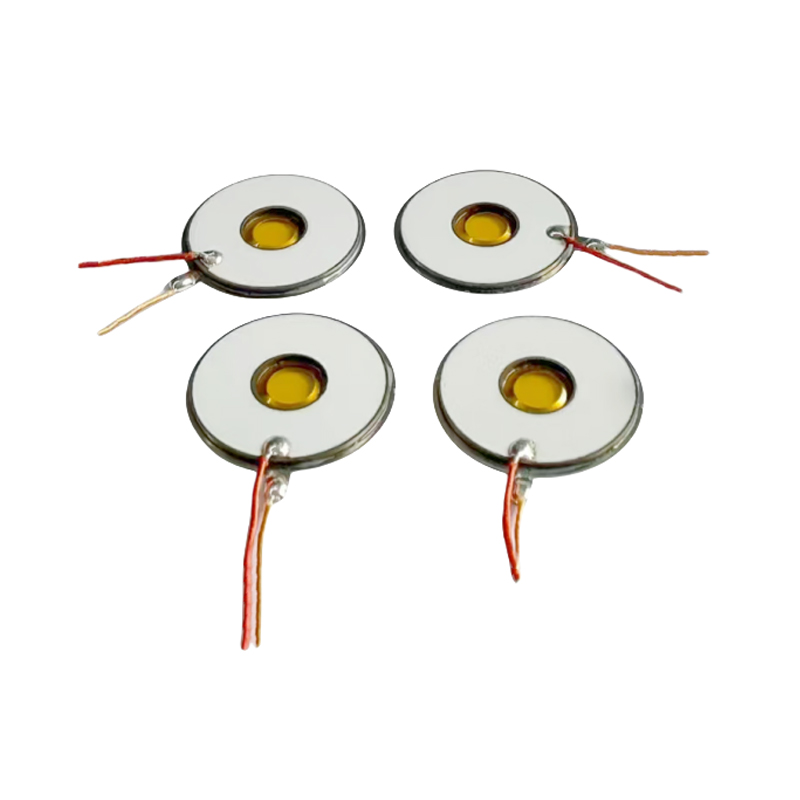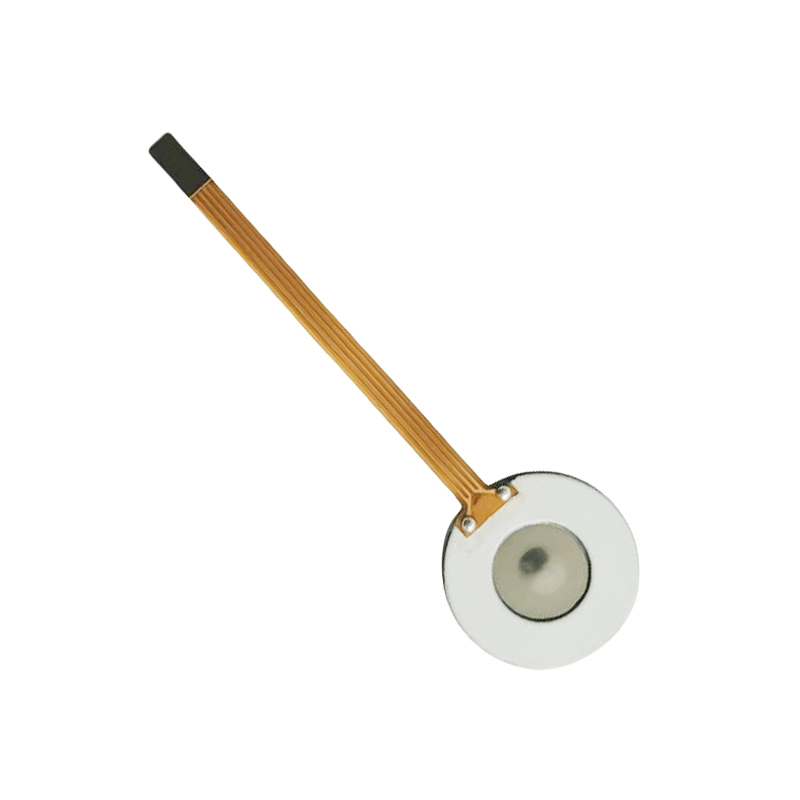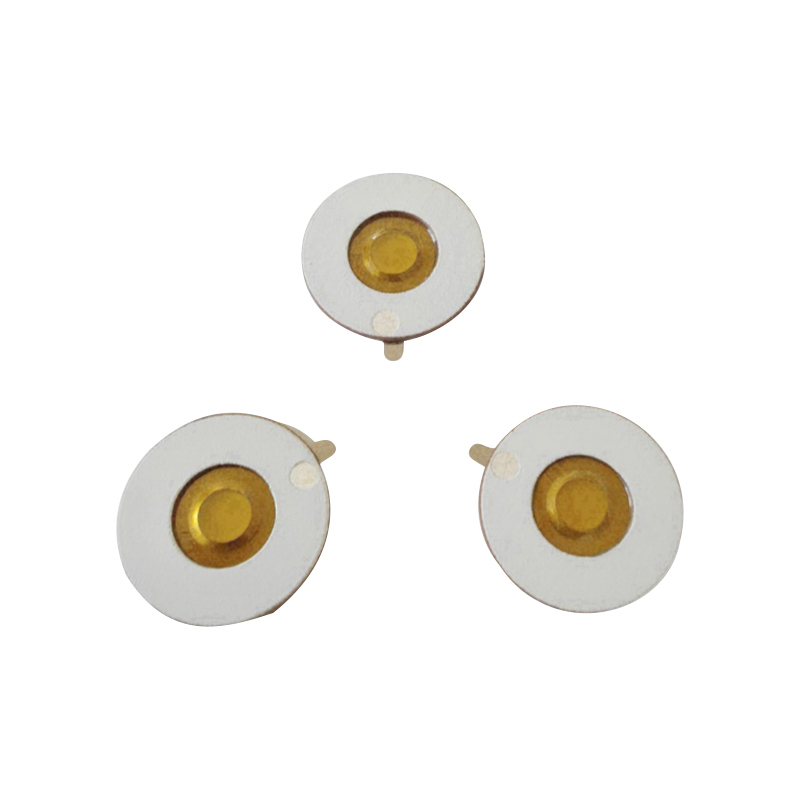Introduction
The landscape of respiratory therapy has experienced a transformative shift over the past decade. Traditionally, nebulization therapy was largely confined to hospital settings, requiring patients to visit clinics or rely on bulky equipment. With the rise of innovative medical technologies, a new era of convenient and efficient respiratory treatment has emerged. Central to this evolution is the mesh nebulizer chip, a small yet sophisticated component that is redefining how patients receive aerosolized medication both in clinical environments and at home.
A mesh nebulizer chip is a precision-engineered device that converts liquid medication into fine mist, allowing direct delivery to the lungs. Unlike traditional jet or ultrasonic nebulizers, mesh-based devices rely on a perforated membrane that oscillates at high frequency, producing consistent and controllable aerosol particles. This technology not only improves drug deposition in the respiratory tract but also enhances patient comfort and compliance.
The adoption of mesh nebulizer chips extends beyond hospitals. Patients with chronic respiratory conditions, such as asthma, COPD, or cystic fibrosis, can now access efficient and reliable therapy from the comfort of their homes.
Understanding Mesh Nebulizer Chip Technology
How It Works
At the heart of a mesh nebulizer is the chip, typically made from stainless steel or polymer materials. The chip features a dense array of microscopic holes, each precisely calibrated to produce aerosol droplets of a specific size, usually between 3 to 5 micrometers—ideal for deep lung penetration.
Unlike traditional nebulizers that rely on compressed air or ultrasonic waves to generate mist, mesh nebulizer chips use a vibrational mechanism. When the mesh oscillates, medication is pushed through the perforations, forming uniform droplets. This approach ensures minimal medication wastage and a shorter treatment duration.
Key Advantages
Consistent Particle Size: Precise control over droplet size improves medication absorption in the lungs.
Low Noise Operation: The absence of compressors or high-frequency ultrasonic transducers reduces noise, making therapy more comfortable for patients.
Portability: Compact design allows integration into small, battery-operated nebulizers suitable for home use.
Efficiency: Reduced treatment time and minimal drug wastage improve overall therapy outcomes.
| Feature | Traditional Jet Nebulizer | Mesh Nebulizer Chip |
|---|---|---|
| Particle Size Control | Low | High (3-5 μm) |
| Noise Level | High | Low |
| Treatment Time | 10-20 min | 5-10 min |
| Portability | Limited | High |
| Medication Wastage | Moderate | Minimal |
Clinical Impact
Hospital Applications
In hospitals, mesh nebulizer chips have significantly enhanced respiratory therapy protocols. Their compact size allows integration into bedside nebulizers, intensive care units, and pediatric wards. The precise aerosol delivery improves therapeutic outcomes for patients requiring inhaled medications, including bronchodilators, corticosteroids, and antibiotics.
Patients undergoing acute treatment benefit from faster onset of action due to superior lung deposition. Additionally, the low noise profile minimizes patient stress, particularly in pediatric and geriatric populations, improving overall compliance during hospitalization.
Emergency and Critical Care
Mesh nebulizer chips are increasingly used in emergency settings. Their efficiency allows healthcare professionals to deliver life-saving medications quickly, without the bulk and noise of traditional nebulizers. This rapid delivery can be crucial in treating severe asthma attacks or exacerbations of chronic obstructive pulmonary disease.
Home Healthcare Transformation
Rising Demand for At-Home Therapy
As chronic respiratory diseases become more prevalent, home healthcare has emerged as a practical and cost-effective solution. Mesh nebulizer chips play a central role in enabling this shift. Patients can now perform self-administered therapy with devices that are safe, quiet, and highly effective.
Key factors driving adoption include:
Patient Convenience: Users can perform treatment without visiting a hospital, reducing travel and scheduling challenges.
Enhanced Compliance: Shorter therapy duration and portable devices increase adherence to prescribed regimens.
Safety: Mesh nebulizer chips minimize contamination risks as many devices feature closed systems that prevent backflow of medication.
| Benefit | Home Therapy with Mesh Nebulizer Chip |
|---|---|
| Convenience | High |
| Treatment Duration | Reduced |
| Noise | Minimal |
| Ease of Use | User-friendly |
| Safety | Closed-system design |
User Experience and Design
Manufacturers have focused on ergonomic design to make home-use nebulizers intuitive. Many devices feature single-button operation, rechargeable batteries, and compact storage. Mesh nebulizer chips are integral to this user-centered approach, ensuring consistent performance across multiple doses without the need for professional supervision.
Patients can seamlessly integrate therapy into their daily routines, improving quality of life and reducing disease-related stress.
Advantages Over Traditional Nebulizers
The comparison between mesh nebulizer chips and conventional devices highlights several key improvements:
Efficiency and Speed: Mesh nebulizers deliver medication faster due to precise aerosol generation.
Medication Conservation: Reduced residual volume in the device ensures minimal drug waste.
Portability: Lightweight, battery-operated designs are ideal for travel or on-the-go use.
Patient Compliance: Quiet, fast, and easy-to-use devices encourage adherence to treatment schedules.
| Criteria | Jet Nebulizer | Ultrasonic Nebulizer | Mesh Nebulizer Chip |
|---|---|---|---|
| Droplet Uniformity | Low | Medium | High |
| Treatment Duration | Long | Medium | Short |
| Portability | Low | Medium | High |
| Noise | High | Medium | Low |
| Drug Compatibility | Broad | Limited | Broad |
Integration with Modern Respiratory Devices
Portable and Connected Devices
Recent innovations in home healthcare include portable nebulizers with Bluetooth connectivity and smart monitoring features. Mesh nebulizer chips are essential in these devices, providing reliable aerosol output while enabling digital tracking of therapy sessions.
Smart nebulizers can record usage patterns, treatment frequency, and even remind patients when doses are due. This integration enhances patient engagement and allows healthcare providers to monitor adherence remotely, creating a more personalized care approach.
Aerosol Delivery and Drug Compatibility
Mesh nebulizer chips support a wide range of medications, including bronchodilators, anti-inflammatory agents, and antibiotics. The uniform droplet size ensures that drugs reach the lower respiratory tract effectively, improving therapeutic outcomes. Additionally, many mesh designs accommodate both liquid formulations and suspensions, increasing their versatility in clinical and home settings.
Challenges and Considerations
Despite their numerous advantages, mesh nebulizer chips are not without considerations. Users and healthcare providers must address the following factors:
Cleaning and Maintenance: Mesh chips require careful cleaning to prevent clogging and ensure long-term performance.
Cost: Advanced technology can result in higher initial device cost compared to traditional nebulizers.
Durability: Repeated vibration may affect the lifespan of some mesh chips, though high-quality designs mitigate this risk.
Proper education on device maintenance and regular replacement schedules are critical for sustaining optimal therapy outcomes.
Future Trends
Expanding Applications
The scope of mesh nebulizer chip usage continues to broaden. Potential future applications include:
Pediatric and Geriatric Therapy: Development of age-specific devices for safer, more effective delivery.
Combination Therapies: Simultaneous delivery of multiple medications through a single session.
Remote Monitoring: Integration with telemedicine platforms for continuous patient monitoring.
Research and Innovation
Ongoing research focuses on improving mesh chip durability, minimizing maintenance, and optimizing aerosol particle size for specific conditions. Advanced materials and manufacturing techniques promise to further enhance performance while reducing costs.
Conclusion
From hospitals to homes, mesh nebulizer chips are revolutionizing respiratory therapy. Their compact size, precise aerosol delivery, and user-friendly design empower patients to manage chronic respiratory conditions efficiently and safely. In hospitals, they enhance treatment protocols and patient comfort, while at home, they enable convenient, effective therapy that promotes adherence and improves quality of life.



 English
English 中文简体
中文简体
